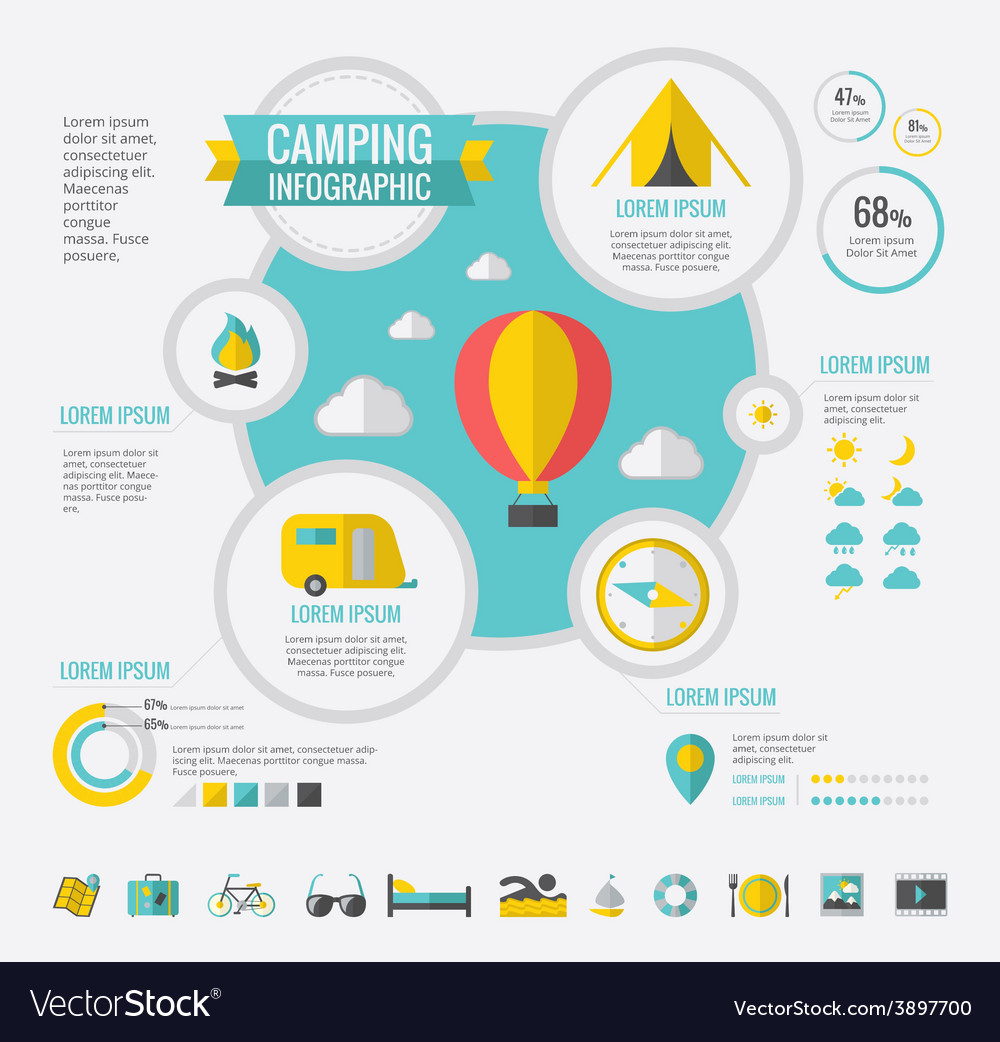How To Combine Stoves And Insulation For Maximum Warmth
Multi-Purpose Utilizes for Rainfall Flies in CampThe rain fly is a necessary part of your camping tent, securing it from rain, wind and rough sunshine. Whether you choose a large multi-room outdoor tents or lightweight backpacking outdoor tents, you'll locate that a high quality rainfly boosts your outside experiences.
Search for a rainfly with resilient materials and a high waterproof score. Think about the weight and packability of a rainfly when choosing it for backpacking journeys.
Sleeping Outdoor tents
A rainfly supplies extra defense for your tent from unanticipated showers. Its design disperses rainfall and snow and assists avoid water from merging on the top of your tent. This can create the fabric to droop and cave, bring about leaks.
Modern rainfly fabrics include polyurethane or silicone coatings to provide extraordinary waterproofing. Lots of additionally include secured joints to avoid water from leaking through sewing. Some also have reflective spots to aid you locate your tent in low-light problems.
Pick a rainfly that mirrors the environment and camping conditions you experience most frequently. For example, desert campers require a rainfall fly that obstructs wind and UV rays. Backpackers ought to consider ultralight rainfall flies to reduce pack weight without endangering protection. Try to find adjustable accessory points that enable you to change the stress on the fly to guarantee that it is taut and located properly to stop leaks. A well-positioned rainfly can likewise manage temperature and reduce condensation inside the camping tent.
Tarp
Tarps are functional pieces of outdoor camping equipment, and a tarpaulin shelter can be one of one of the most comfortable alternatives for camp. In addition to being able to be set up in countless ways, tarps additionally tend to need much less equipment than camping tents and are much lighter in weight.
A significant advantage to tarp sanctuaries is that they permit enough ventilation. While this can be a disadvantage for some campers, that might choose to have a much more encased area, it is an essential factor in maintaining occupants from overheating and decreasing the build-up of condensation that might compromise the material.
Similar to various other configurations, when setting up a tarp sanctuary, ensure the ridge line is established at an angle to help straight rain and snow away from the sanctuary. A good ridgeline can additionally maintain wind from blowing the tarpaulin around. Ensure the tarp is protected effectively with appropriate connecting strategies, such as a prusik knot (or gliding knot), at heights that produce enough head room and are not a tripping threat, and slope the tarpaulin appropriately for drainage.
Protection
A rainfly is one of one of the most important pieces of camping devices to prompt any kind of trip. It safeguards your camping tent from weather condition that can rapidly transform, permitting you to remain comfortable and enjoy your wilderness experiences.
Modern rain fly styles offer more than simply waterproof security. Some have integrated photovoltaic panels to help you maintain billed on the go, while others have adjustable vents for air flow to alleviate condensation accumulation. Selecting a rainfly that fits your needs and preferences is important for the general experience.
Try to find lightweight fabrics, such as nylon or polyester, and polyurethane finishings to improve water resistance. Also consider the rainfly's head hydrostatic stress rating, which assists you gauge its ability to endure rainfall and wind. Keep in mind that rain flies commonly need to be cleansed after each use, since dirt can endure the water resistant layer. It's best to tidy and store it in a cool, completely dry place to stay clear of mold and mold.
Shelter
A rainfly is an essential tool for your hammock, protecting you from the aspects and ensuring that you can rest comfortably. When picking a rainfly, consider the environment and conditions in which you'll be outdoor camping. For example, exotic settings might require a rain fly that has high moisture and UV protection. Various other considerations consist of textile type and weight. Try to find options that are light-weight and made from sturdy materials that stand up to abrasions and spots.
If you do not have a rainfall fly, you can produce a makeshift sanctuary using a tarp. Nonetheless, it's best to set up your rainfall protection first prior to putting up the rest of your tent. This makes certain that you can rapidly and quickly enter and out of your hammock in the tent flooring event of an abrupt tornado or change in weather condition. Also, ensure that your rainfall fly is effectively anchored to avoid waving in the wind. Keep in mind that rain flies and insect webs ought to be cleaned up regularly to avoid mud, mold and mold and mildew from building up gradually.
